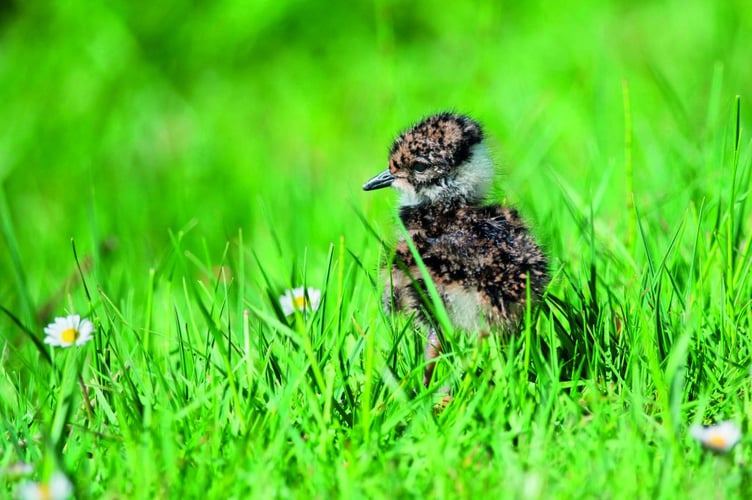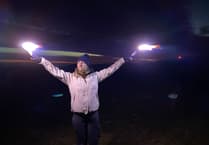NOW spring has well and truly sprung, many more of us are being drawn towards Surrey’s green spaces for fresh air and to reconnect with nature.
With the possibility of an increased number of people visiting the countryside, organisations responsible for many of our beautiful outdoor spaces are appealing to visitors to tread carefully.
Always to keep to marked footpaths, in order to respect farmers’ interests and to avoid disturbing ground-nesting birds is one of their important messages.
The Royal Society for the Protection of Birds (RSPB) points out that half of England’s most threatened breeding bird species nest on, or near to the ground, including the curlew, little tern, nightjar and lapwing.
Disturbing them may lead to the abandonment of eggs or chicks, meaning that the birds fail to nest, eggs fail to hatch and chicks may die from lack of food, cold or predation. It is, of course, a criminal offence to disturb wild breeding birds.
“If you ask people where birds nest, they are likely to say a tree, hedge or nest box,” said Sara Humphrey from the RSPB. “It’s an image we’ve all grown up with but for some of our most threatened species it’s simply not true.
“Almost every natural habitat in the English countryside can be home to ground-nesting birds and many of these species are under increasing pressure due to habitat loss, predators and climate change.

“We can all help protect them from disturbance by simply following the Countryside Code and keeping to footpaths.”
Mike Coates, the RSPB warden for Farnham and Hazeley heaths in Surrey, explained: “It’s important to protect our ground-nesting birds and other wildlife. If the birds are disturbed, they can abandon their eggs and chicks. People can really help by staying on paths and keeping dogs on leads where they are asked to. It’s a simple thing, but it can make a big difference!”
Rob Fairbanks, director of the Surrey Hills Area of Natural Beauty (AONB), added: “We are passionate about people accessing the countryside for their health and wellbeing but in these difficult times we need to act with the utmost responsibility and be mindful of our impact on wildlife.
“Our farmers and land managers also need our support by keeping to paths, being careful not to trample on crops, closing gates and ensuring we all practise the Countryside Code values of Respect – Protect – Enjoy.”
Designated an area of outstanding natural beauty in 1958 and stretching across the chalk North Downs from Farnham in the west to Oxted in the east, the Surrey Hills AONB encompasses a quarter of the county and houses a diverse variety of wildlife due to the unique combination of woodland, downland and heathland.
Key species include ground-nesting birds that may not be visible but make homes for their young just out of sight, and potentially underfoot, during the breeding season of February to August.
Surrey Hills AONB therefore asks walkers to remember to follow marked paths and to keep their dogs on a short lead during the bird breeding season. If you should come across young chicks or distressed adult birds, move away quietly and quickly, even if it might mean going back the way you came.
The National Trust cares for more than 15,000 acres of the Surrey Hills. Its general manager for the area, Stephanie Fudge, explained: “The numbers and diversity of birds is important for our environment and the food chain.
“We see large numbers of ground-nesting birds across the Surrey Hills from March until early summer. Their breeding success is critically dependent on not being disturbed and so we would ask that visitors are considerate, to keep to paths and keep their dogs on leads in sensitive areas.
“Together we can protect and nurture the success of these nesting families.”



